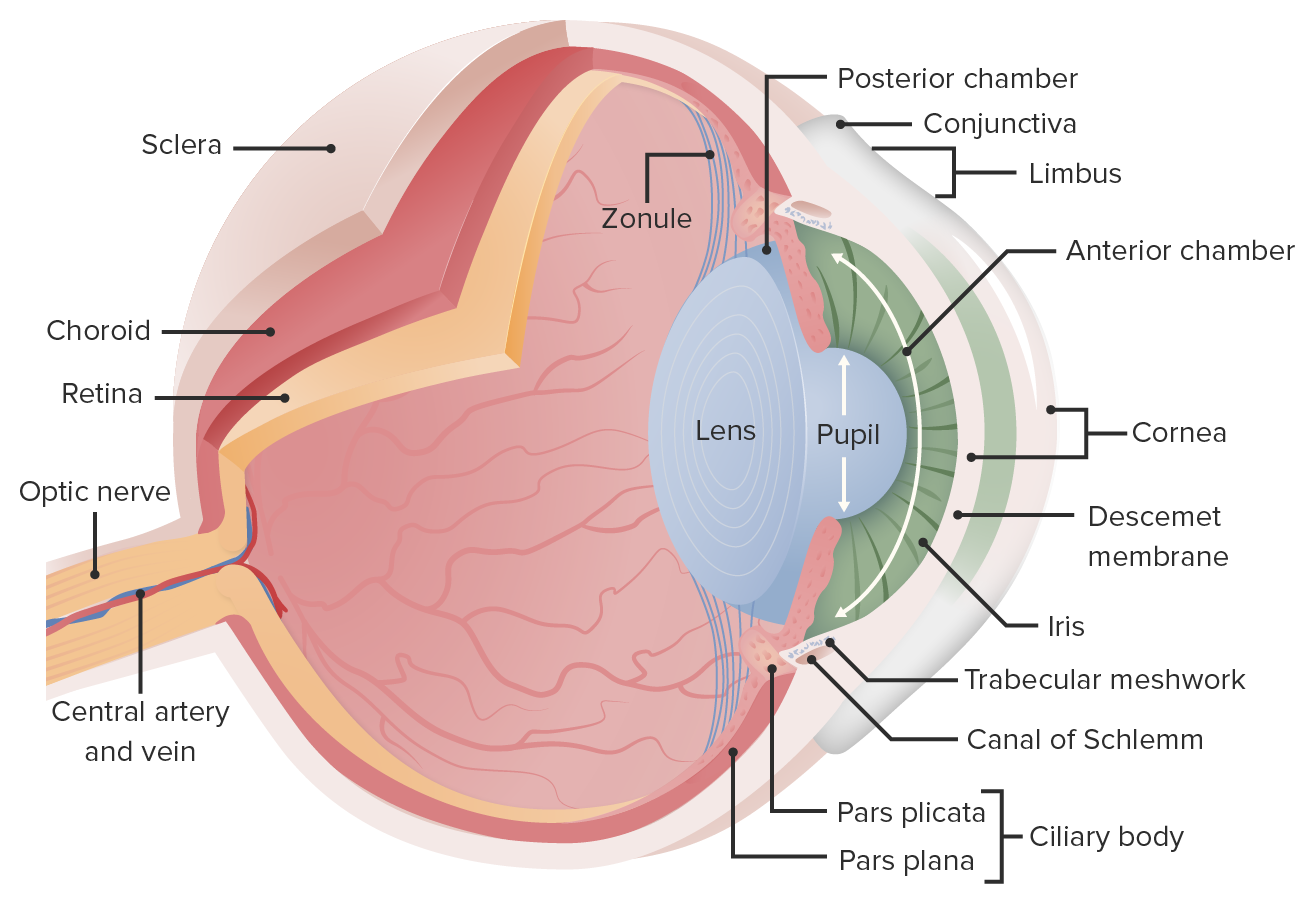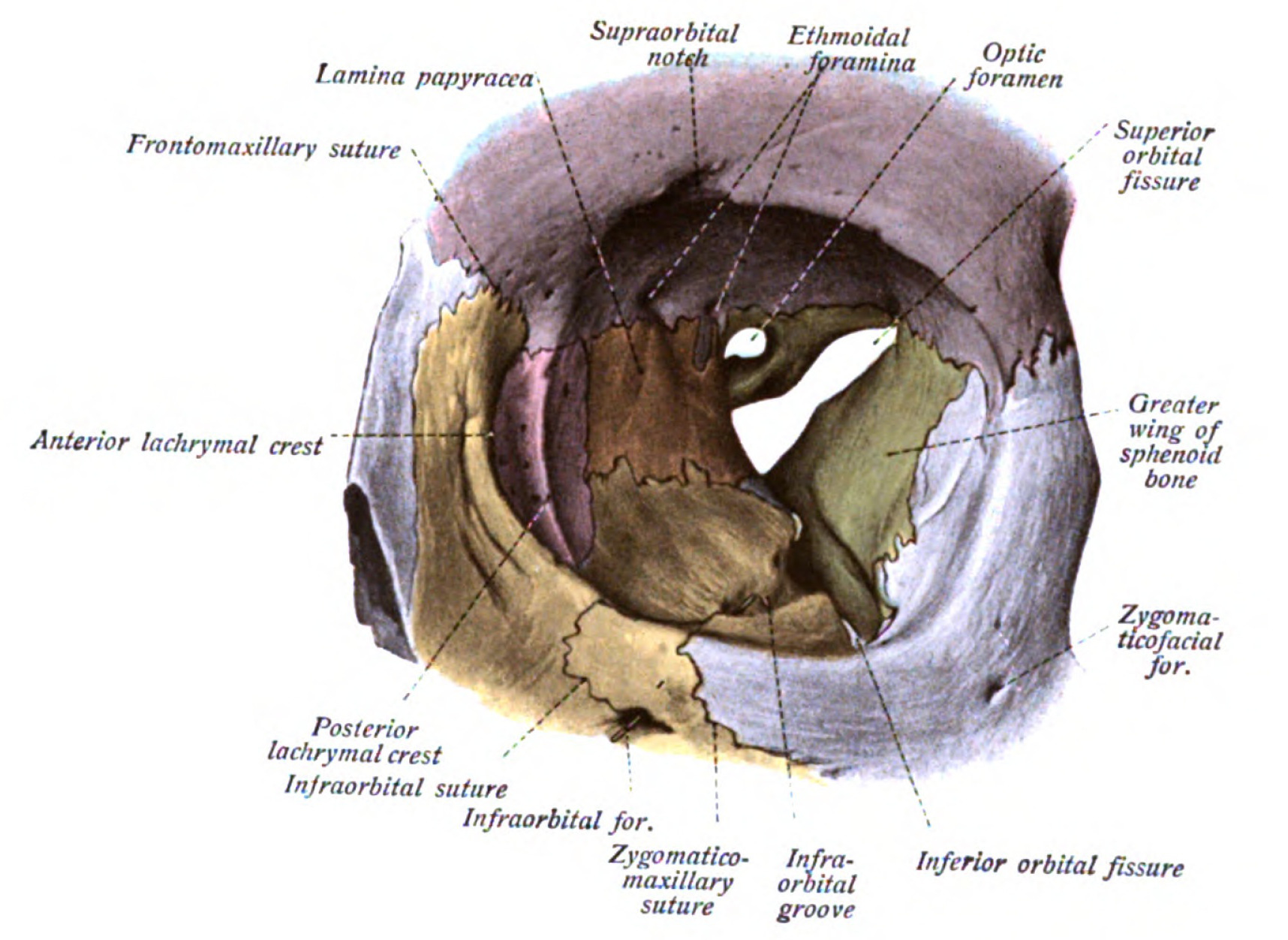Playlist
Show Playlist
Hide Playlist
Overview of the 7 Extraocular Muscles – Orbital Muscles and Innervation
-
Slides 22 OrbitalMusclesInnervation HeadNeckAnatomy.pdf
-
Download Lecture Overview
00:01 Welcome to this presentation on orbital muscles and their innervation. When we think about the orbital muscles, we’re going to have two groups of muscles. The major group would include six muscles that actually attach to the eye and move the eye. Then the other group is a one muscle group. We’ll be able to look at these muscles individually as we work through this presentation. We’ll also want to understand their innervation and their actions when they are activated. To shorten, this is very useful in the physical examination of extraocular movements to determine whether or not their innervation remains intact. 00:54 We’ll explore this in much greater detail when we get to the cranial nerve lecture. 01:00 We’re first going to focus on the six muscles that attach to the eyeball. Those are shown here on the image on the screen. We have two muscles that are obliquely oriented, the superior oblique and the inferior oblique. Then the other four muscles that attach to the eyeball are recti muscles. Members of the recti component here would be the superior rectus, inferior rectus, medial rectus, and the lateral rectus. So let’s explore this in greater detail so you have an understanding of their orientation within the orbit and the manner in which they attach to the eyeball. Here, we’re looking at the superior oblique. We’re looking at the medial aspect of the orbit. We see the origin here from the annular tendon and it will course on the medial upper side of the orbit. Then it will run through a pulley-like structure and that is referred to as the trochlea. That’s in the upper medial corner of your orbit. Then once it passes through the trochlea, it will then course laterally and posteriorly to attach to the eyeball. The counterpart here is the inferior oblique and it’s very difficult to discern it in relationship to the other extraocular muscles here. But we can see the insertion point of the inferior oblique on the inferior aspect of the eyeball and it too kind of courses obliquely along the inferior eyeball to the lateral posterior side of the eyeball. Our next muscle is the first muscle that belongs to the recti group. This is the superior rectus. You can see the superior rectus attaching to the superior surface of the eyeball at this particular point. The next rectus member is shown down in through here. This is our inferior rectus. It will attach to the eyeball on the inferior aspect. Here is our medial rectus on the medial side of the orbit attaching to the medial aspect of the eyeball at this particular point. Then your lateral rectus is shown here on the lateral side of the orbit. It is attaching to the lateral aspect of the eyeball at this particular point. The seventh member of the extraocular muscles of the orbit does not attach to the eyeball itself, instead, this muscle attaches to the superior eyelid and thus is able it to elevate it or to allow it to depress or go into a closed position. This muscle is referred to as the levator palpebrae superioris. We will abbreviate that with the acronym LPS. So now, let’s take a look at this particular muscle. We have two views of the levator palpebrae superioris. Here on the left side of the image, we see the levator palpebrae superioris in an intact state. Then we see its insertion going into the upper eyelid at this point. Over here on the right side of the image, we see that the levator palpebrae superioris has been cut and reflected. So we see the distal aspect of the levator here being reflected upwards. Then we see its point of origin down below. 04:57 Then the superior rectus is the muscle that we see in through here.
About the Lecture
The lecture Overview of the 7 Extraocular Muscles – Orbital Muscles and Innervation by Craig Canby, PhD is from the course Head and Neck Anatomy with Dr. Canby.
Included Quiz Questions
Which of the following muscles does NOT attach to the eyeball?
- Levator palpebrae superioris
- Inferior oblique muscle
- Medial rectus
- Lateral rectus
- Superior oblique muscle
Which of the following structures does the superior oblique muscle pass through before attaching to the eyeball?
- Trochlea
- Superior orbital fissure
- Foramen ovale
- Foramen rotundum
- Inferior orbital fissure
Customer reviews
5,0 of 5 stars
| 5 Stars |
|
1 |
| 4 Stars |
|
0 |
| 3 Stars |
|
0 |
| 2 Stars |
|
0 |
| 1 Star |
|
0 |
very good initiative. very useful. 3d animation is very impressive. good luck.





